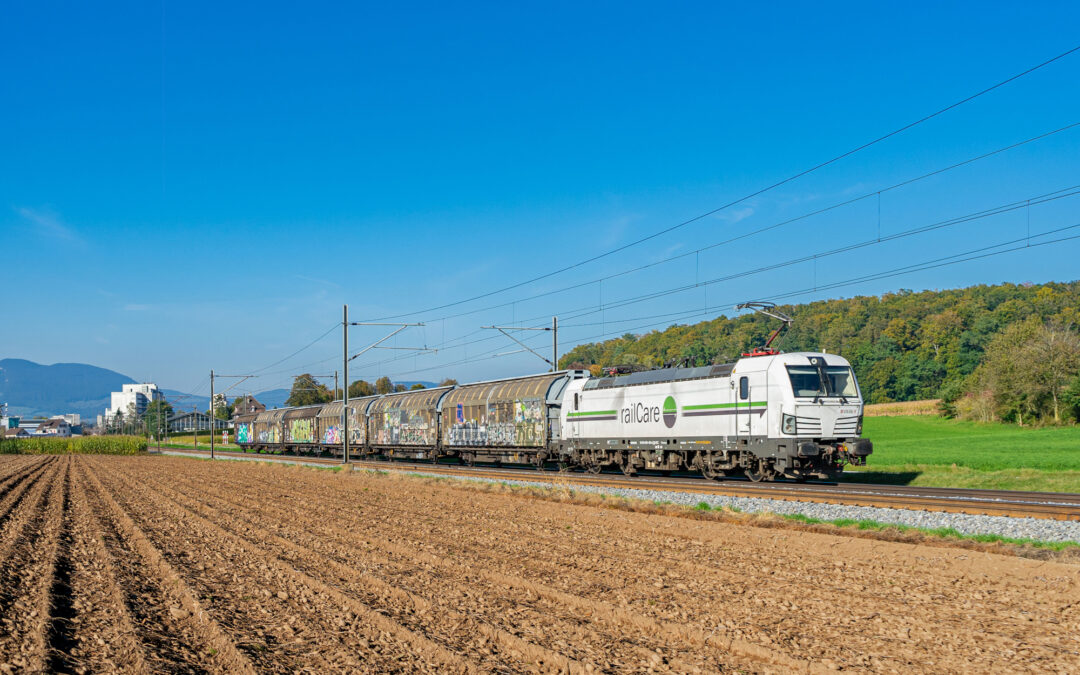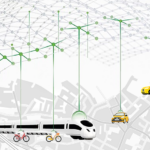The freight railways of the umbrella organisation of public transport (VöV) and we at the VAP are holding intensive talks on the upcoming reorganisation and modernisation of rail freight transport in the territory and its sustainable promotion. Here is a summary of the state of the debate and the advantages of an incentive-based funding model.
Those responsible for rail freight at VöV and we at the VAP, as the voice of the shipping industry, want to show together that rail freight transport in the territory can be operated successfully in the long term. The discussions of the industry representatives on the future of inland transport logistics are in full swing and should result in a common position on rail freight transport when the Federal Council sends its message on the “Future orientation of rail freight transport int the territory” for consultation.
Building a sustainable network
The industry players are striving for an efficient network offer (hub and spoke). The operators of rail freight transport and customers in domestic transport should benefit from this in the same way. This requires a new distribution of roles in production and a sustainable financial support model with distinct incentive mechanisms. This must be competition-neutral and at the same time as simple as possible. It must not allow any market and competition distortions between subsidised and non-subsidised freight railways and services or similar disadvantages. The subsidy model should contain few, but implementable incentive mechanisms with maximum effect. Furthermore, it should adapt to developments; the reduction path of the subsidies ideally runs parallel to the AS 2035 and the Zurich bypass line.
Improved framework conditions
In order for the rail freight transport to develop its strengths, better framework conditions are needed – irrespective of the funding model and understanding of its role. These include:
- Reduction of the train path price to European level
- Extension of the reimbursement of the HVF to all road-rail-ship transports
- Extension of investment subsidies to siding owners and operators
- Automation/digitalisation, in particular through digital automatic coupling (DAC)
- Freely accessible data and information platform for more efficient operational handling
Highly effective incentive mechanisms
Industry representatives envisage incentives to shippers and financing and neutralisation of the first and last mile. Incentives to shippers include compensation for new traffic, the reopening of sidings after longer operational interruptions, efficiency improvement measures in shunting operations and for own manoeuvres on the last mile. The operation of the first and last mile is to be financed through compensation to the service provider. The latter offers short-distance services for all freight railway companies at defined (strongly cost-under-recovering) prices.
New role for SBB Cargo
SBB Cargo continues to assume the role of network provider. It handles main runs and shunting, is responsible for planning network traffic and ensures efficient bundling of traffic with individual wagons or wagon groups. To this end, SBB Cargo is in sole contact with the shippers who commission transports in network traffic and in dialogue with the service provider who serves the first/last mile.
In the favour of competition
The representatives of VöV and VAP advocate a sustainable industry solution that offers more planning and investment security and increases the attractiveness of the rail freight market. They envisage a competition-neutral support mechanism that uses existing structures and compensation approaches. The industry’s support model can increase its modal shift effect by offering additional incentives to third parties with a favourable first and last mile. This eliminates the make-or-buy decision for the freight railways. SBB Cargo can operate the network on its own. The solution, which is emerging from the dialogue between freight railways and the loading industry, is intended to strengthen the competitiveness of the players and enable innovation and customer orientation.
It is interesting to note that in 2014, our study had already recommended “non-discriminatory service of the last mile for all railway undertakings”.
- PDF Summary of our study “From integrated to market-oriented rail” (in German, in French)



